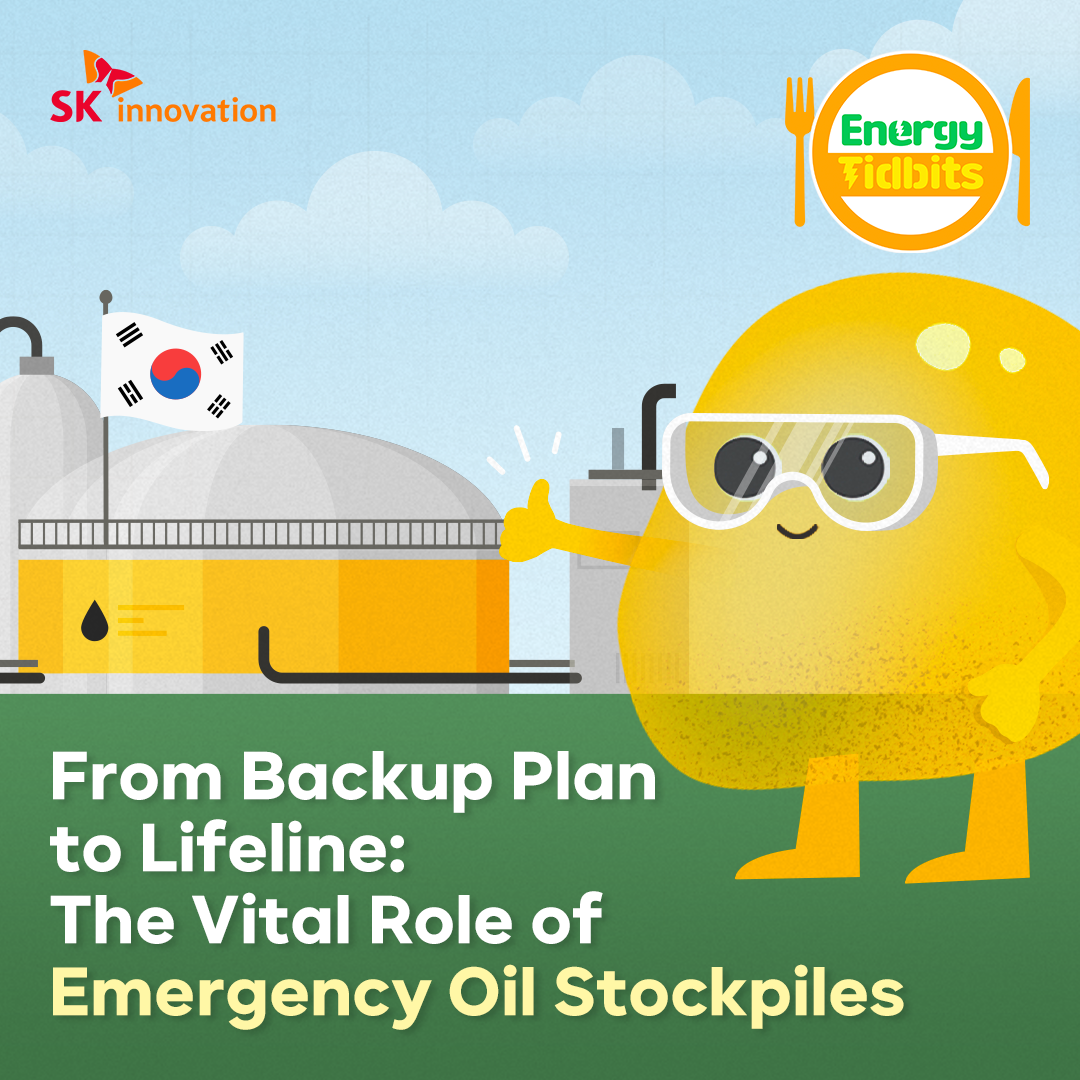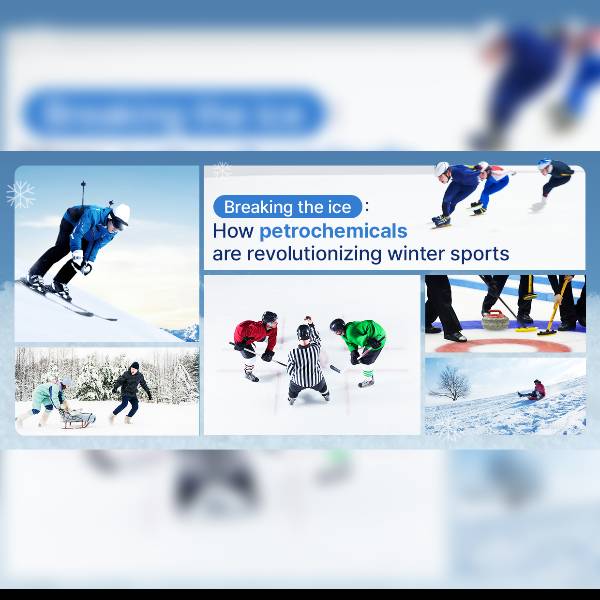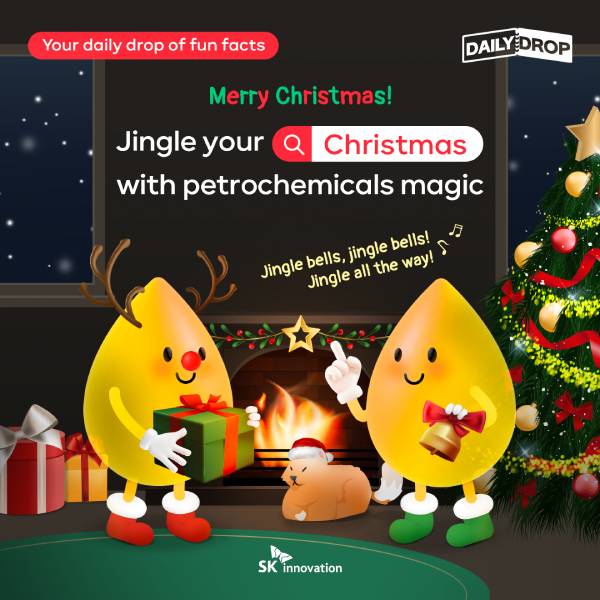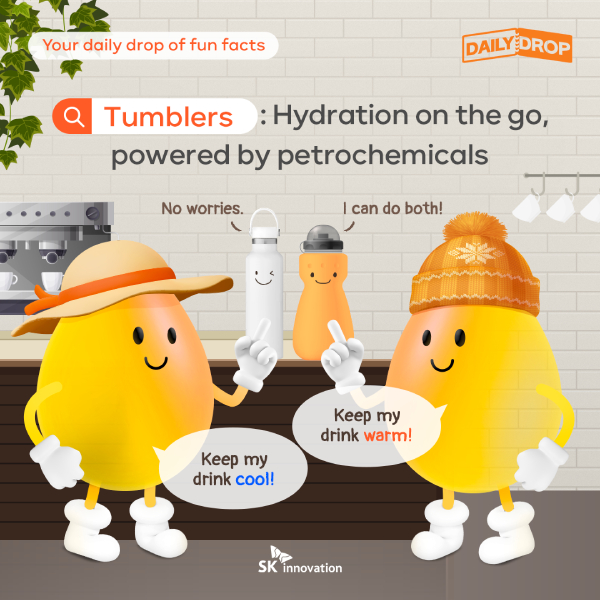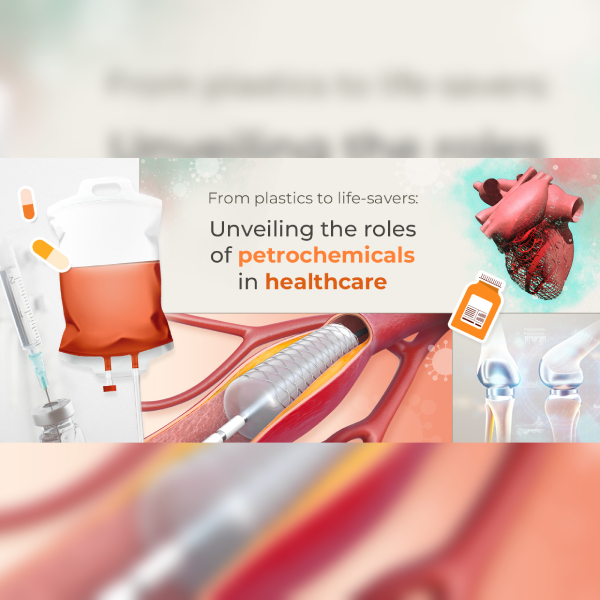 Trends & Reports
Trends & Reports
The effects of climate change are already quite visible all around the world, urging everyone to take action cope with this huge crisis. It is unquestionable that Green Energy is the most significant solution that can protect our Earth, but how well do you know about the topics and terms that are related to Green Energy? Let’s follow SKinno News to learn more about Green Energy through some keywords and how SK Innovation is transforming into a green company.
ㅣ What is Net-Zero?
“Net-Zero” was mentioned for the first time at IPCC (Inter-governmental Panel on Climate Change) in 2018. It refers to the state where the net emission of greenhouse gases decreases to the degree that offsets the absorption of the gases and eventually to zero (0). This is in line with the concept called climate-neutrality. Climate neutrality can be achieved if the net emission of main greenhouse gases – carbon dioxide, methane, nitrous oxide, hydrofluorocarbon, perfluorocarbon, and sulfur hexafluoride – is reduced to zero. Both of the concepts point out that the absorption offsetting the emission is the key.
According to IPCC’s “Global Warming 1.5℃” Special Report consented in Paris Climate Agreement, if the average temperature of the Earth rises by 2℃, the sea level will rise 10 cm higher than the case where the temperature rises by 1.5℃. This difference of 0.5℃ will jeopardize 10 million people in the danger of sea level rise, accelerating melting speed of the ice in the Arctic by ten times. In short, the result will be fatal to the humankind. So, as the solution, it is exhorted to join the effort to reduce global emission of carbon to 50% until 2030 and to zero by 2050, eventually achieving the goal to keep the global temperature rise by 1.5℃.
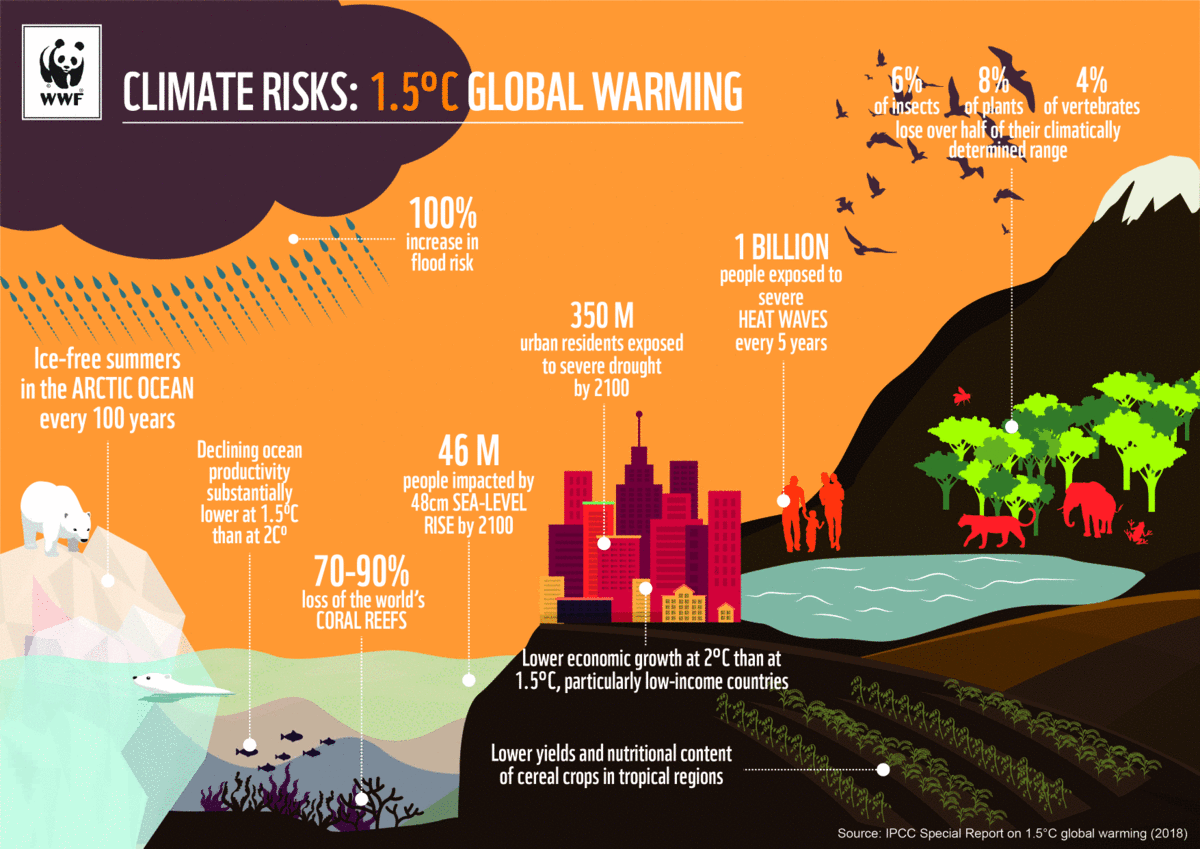
▲ Source: World Wildlife Fund
By April 2021, over 120 countries has announced its commitment to be net-zero emissions by 2050, including all G7 nations. Keeping pace with the global effort, the government of Korea declared ‘2050 Carbon Neutrality’ in October 2020. The gist of the declaration is that the government will reduce the domestic net greenhouse gas emission to zero by 2050.
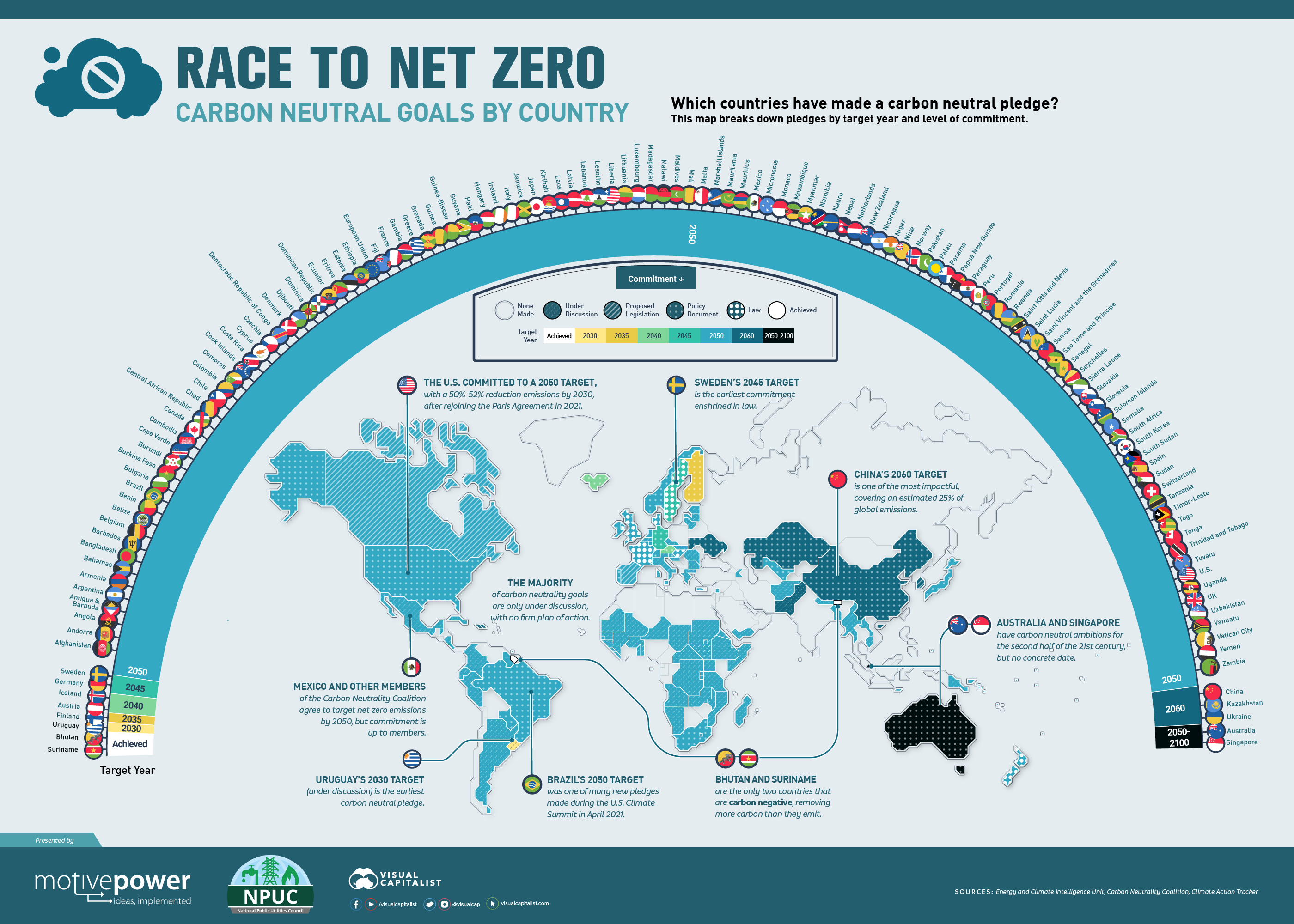
▲ Source: Visual Capitalist
To see it in a narrower sense, Net Zero simply means to reduce the net greenhouse gas emission to zero. However, it is not easy at all to emit zero greenhouse gas within few years unless companies stop all their operating production facilities. Therefore, IPCC is encouraging companies to proceed their plan for Net Zero goal by using CCS (Carbon Capture and Storage) technologies so that they can reduce the greenhouse gases as much as they emit.
IPCC clarified that the most important issue is to reduce the net carbon emission to zero. It also added that we can actively deal with this matter by reducing the aggregate emission of greenhouse gases ever since industrialization.”
To achieve Net Zero, not only companies but also us, individuals should act. We need to act in our daily lives to reduce the amount of greenhouse gas emission as much as possible. In addition, we all need to make efforts to restore the nature we lost and cooperate globally to make meaningful progress.
ㅣ SK Innovation’s effort to reach Net Zero
On July 1, SK Innovation declared its new goals to change the company’s identity from carbon-heavy business to green business thereby achieving the Net Zero state before 2050. SK Innovation also introduced three main factors of the decarbonization strategy in the ‘Financial Story.’
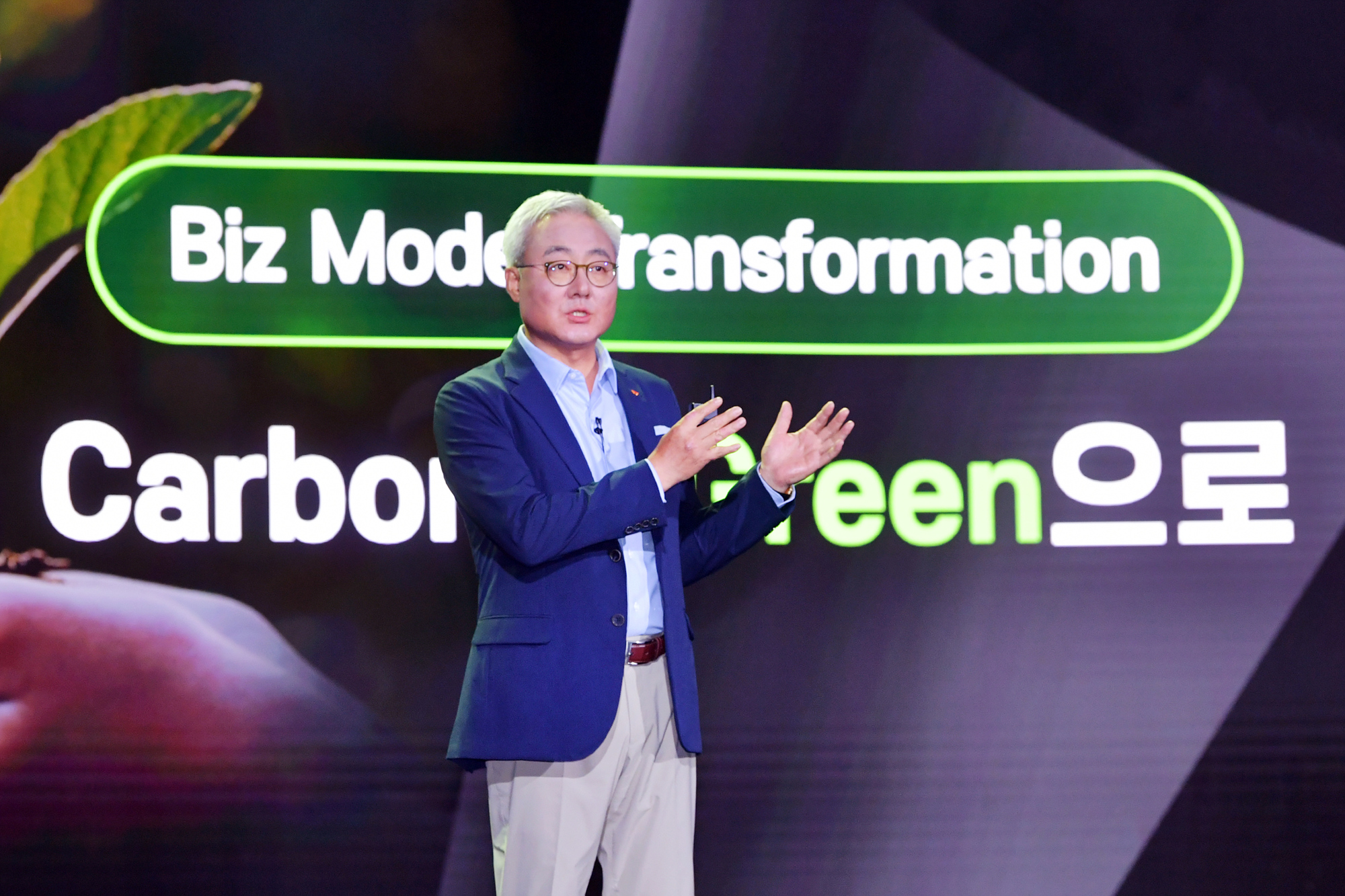
▲ CEO of SK Innovation Kim Jun gives a presentation at the “SK Innovation Story Day” held at the Conrad Hotel in Yeouido, Seoul, South Korea on July 1st
First, SK Innovation will reduce all Scope 1, 2, and 3 greenhouse gases it directly or indirectly emits during the business projects. This is the first case among the Asian companies. Second, SK Innovation will preemptively react to the climate change ahead of the 1.5℃ rise scenario of Paris Climate Agreement so that all the SK Innovation affiliates will achieve Net Zero before 2050. Specially for its battery and LiBS parts, SK Innovation said to achieve the goal earlier by 2035.
Last, SK Innovation aims to develop CCS technologies including transition to low-carbon products, eco-friendly process through practical investment in environment rather than simply selling their petrochemical business.
SK Innovation has been showing its sincere devotion to act for climate change. It has included their performance for climate change to the assessment and reward of the CEO, to push the momentum toward Net Zero.
ㅣ CCUS (Carbon Capture Utilization & Storage)
The process to capture, concentrate, deliver, store, and utilize emitted carbon dioxide (CO2) is called CCUS (Carbon Capture Utilization & Storage) and it is a critical technology to reach Net Zero. CCUS is categorized into two major types of technologies; CCU (Carbon Capture & Utilization), technologies that capture and then utilize CO2 and CCS (Carbon Capture Storage), technologies that capture and store CO2 from the atmosphere.
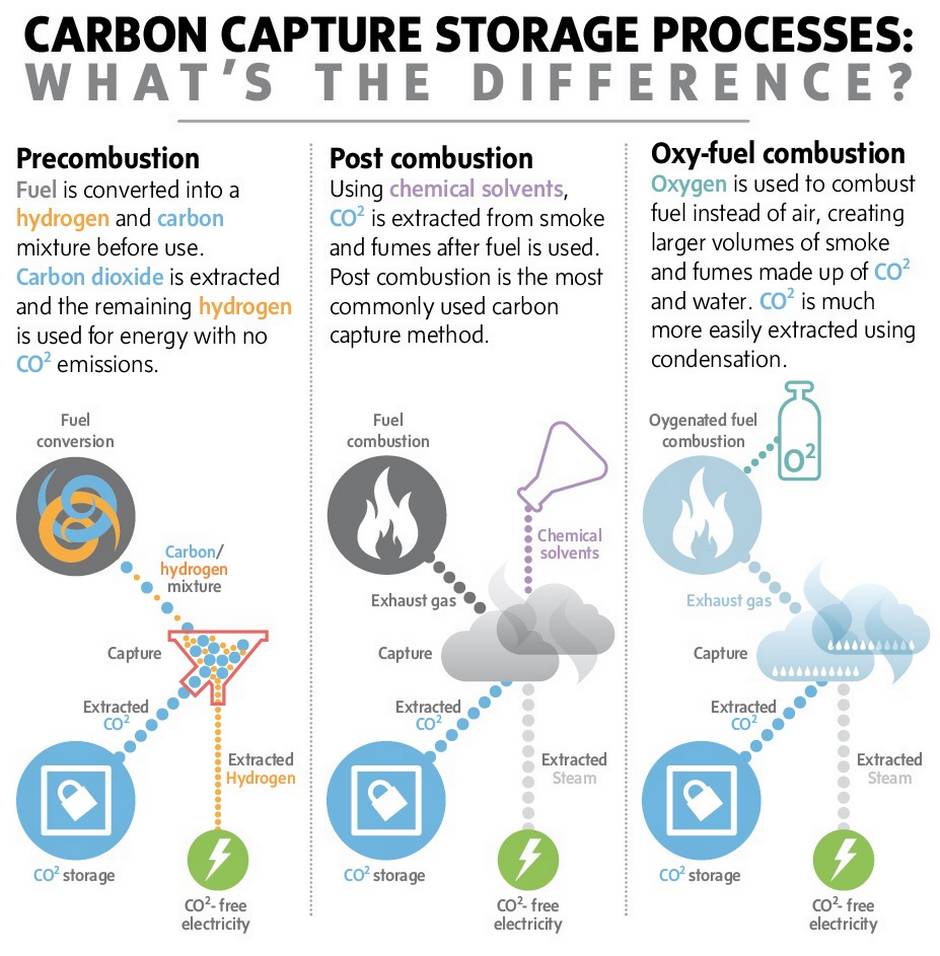
▲ Source: GE Reports
There are three approaches to capture CO2: pre-combustion capture, post-combustion capture, and Oxi-combustion. Pre-combustion capture gasifies carbon fuel to transform it into hydrogen- CO2 compound and then capture CO2 from it, while post-combustion capture collects CO2 from the gas generated by combustion. Oxi-combustion separates Oxygen from the air.

▲ Source: GE Reports
These capturing methods allow us to collect CO2 before it is released to and mixed into the atmosphere. Then the captured CO2 is moved to somewhere we can process it such as storing it underground, putting it into chemical/biological process to transform it into other substance or fuel, etc.
Companies leading carbon neutrality is researching on the technologies to utilize CO2 as resource, thereby working on reducing greenhouse gas emissions. In spite of all the efforts, based on the greenhouse gas emission for the past three years, it seems difficult to reach the carbon neutrality by 2050 only by reducing the CO2 emission. That is why companies are spurring their development of CCS/CCU technologies to isolate CO2 from the atmosphere, worsening the global warming.
ㅣ SK Innovation’s participation in CCUS projects
SK Innovation is focusing on post-combustion capture among the three approaches mentioned above. This method roughly consists of two parts; the combustion of carbon fuel to capture CO2 and isolation of the CO2 and nitrogen gases from the exhaust emissions.

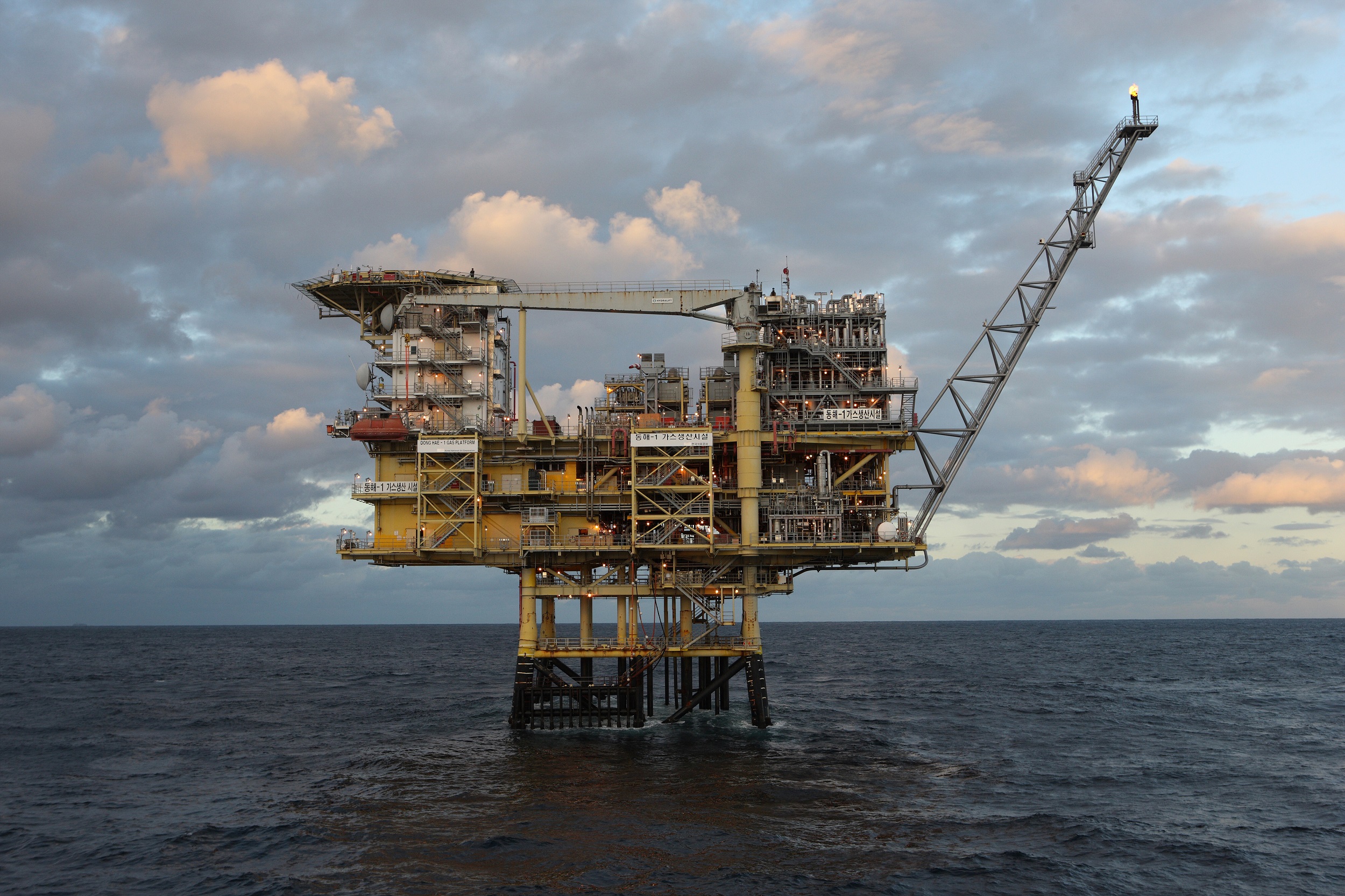
▲ Donghae Gas Fields of KNOC
On May 26th, SK Innovation made an agreement for the national CCS project using the Donghae Offshore gas fields of the KNOC. SK Innovation and SK Energy, one of its affiliates, joined the national project to collect and store CO2 in the gas fields where extraction of natural gas will be finished in June 2022. This project aims to capture annually 400,000 tons of CO2 from 2025. SK Innovation and SK Energy will develop the models for source of the capture and capturing technologies.
Also, it is expected that the application of the optimal CC technologies to the hydrogen plant in Ulsan Complex (CLX) will enhance the process efficiency such as CO2 reduction during the procedures, etc. This will gradually be implemented to the process with the massive CO2 emission including the boiler in Ulsan CLX.
Lee Seong-jun, Chief Director of SK Innovation Institute of Environmental Science and Technology, said, “The institute will prepare the optimal CCS technologies ahead of the other competitors. This will help SK Innovation to achieve Green Balance 2030, accelerating the company’s ESG (Environment, Society, and Governance) management.”
Additionally, SK Innovation and SK Energy said last February that they are cooperating with EU’s research for CCS led by a Norwegian national institute. SK Innovation is focusing on development of CO2 capturing agent in house.

On May 28th, SK Innovation’s E&P (Exploration and Production) Business made an agreement for the national project to locate geological storage of CO2 through offshore deep drilling. The team will cooperate with KIGAM (Korea Institute of Geological and Mineral resources) to find options for underground CO2 storages and check for the capacity of each site.
Since the industry consumes lots of energy, CCS is a critical set of technologies for the reduction of CO2 emission. Studies suggest that there can be other sites suitable for CO2 storages in saline aquifers other than the gas fields in East Sea.
SK Energy and SK Innovation Institute of Environmental Science and Technology will select the most suitable CO2 capturing technologies for SK Innovation’s plants including Ulsan CLX and will develop the optimal technology. In the meantime, SK Innovation’s E&P Team will explore domestic CO2 storages using its technologies thereby contributing to the company’s overall effort to vastly reduce CO2 emissions.
– SK Innovation aims to change the corporate identity “from carbon to green” by investing a total of 30 trillion won in 5 years
– The growing CCS·CCUS market and global energy corporates’ responses
– SK Innovation and SK Energy joined REALISE CCUS project for CO2 capture technology research cooperation










 Youtube
Youtube Facebook
Facebook Instagram
Instagram Linkedin
Linkedin












